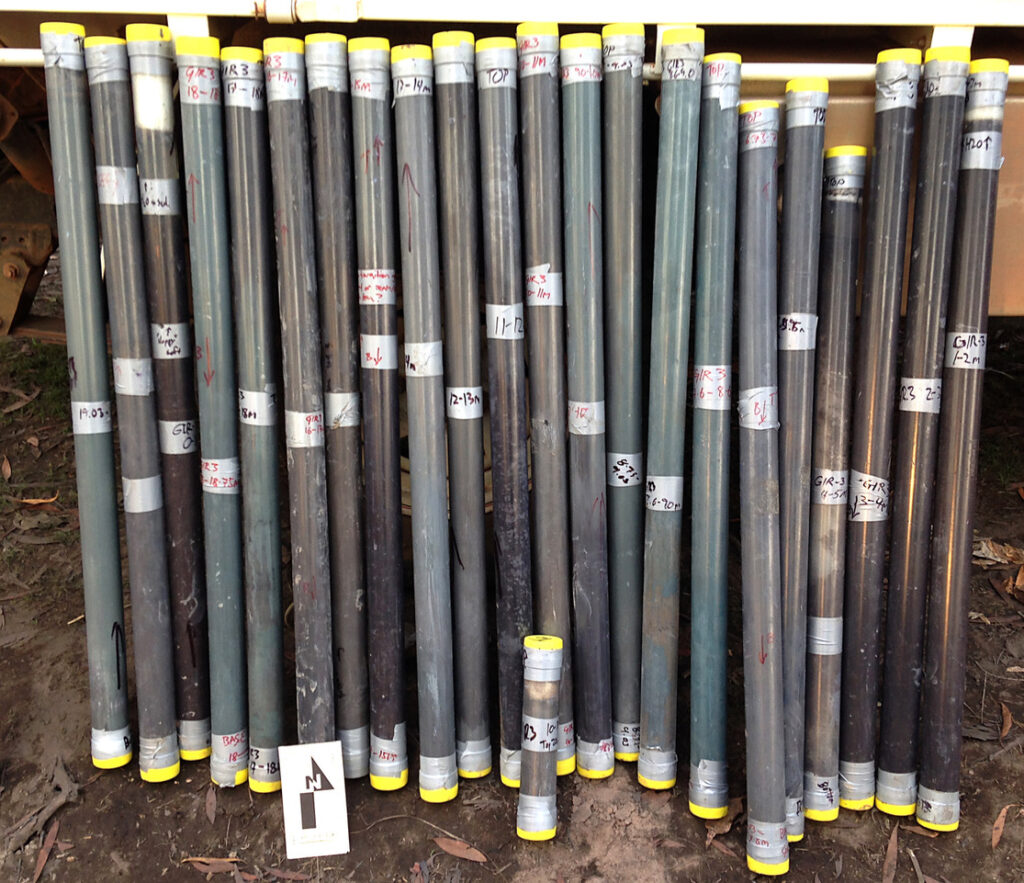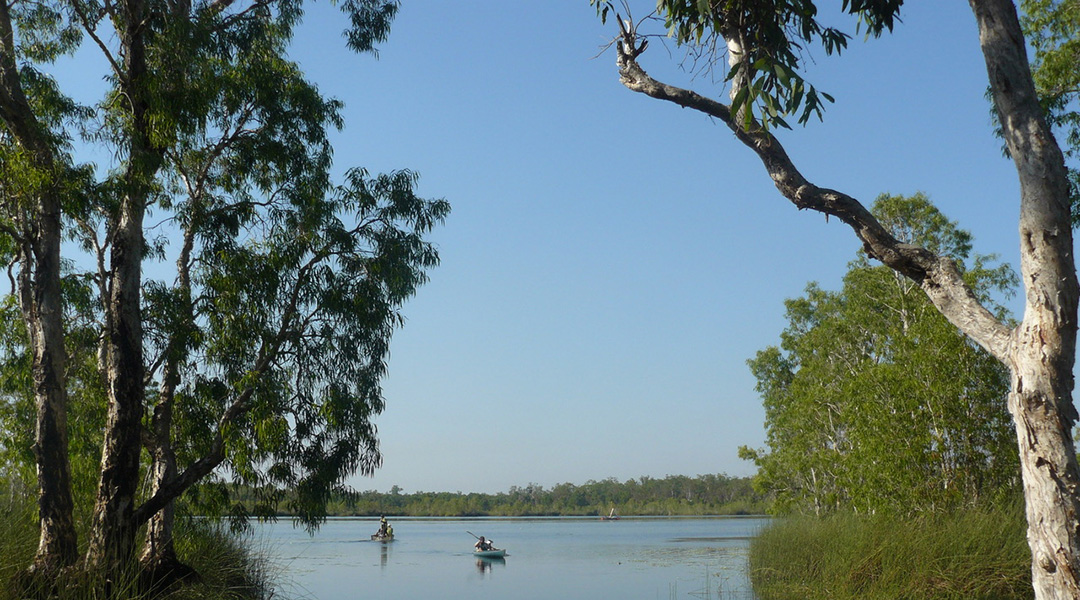Wildfires burn large swathes of land every year, and have for eons. But over time, their natural burning patterns have changed due to human activity.
Now, researchers report that Indigenous fire management occurred in Australia as early as 11,000 years ago, and reintroducing these old ways could help cool hotter and more frequent wildfires occurring due to climate change today.
Some 65,000 years ago, humans first arrived in Australia. Fires, both natural and those shaped by Indigenous practices, have long contributed to ecosystem and biodiversity changes in the northern savannahs. “Indigenous Australians actively used fire to reduce risk, and also to protect and husband resources of use to them,” Michael Bird, a researcher at James Cook University, in Australia, wrote in an email to Advanced Science News. “This is likely to have changed plant and animal biodiversity although exactly how remains to be determined.”
But the arrival of Europeans and tapering off of Indigenous fire management regimes have led to biodiversity loss. “It is clear that removal of indigenous fire management (along with other stressors like climate change and invasive species) has had detrimental impacts on both flow and fauna over the last century,” said Bird.
While the impact of human activity on the environment has been found to go back millennia, teasing apart human and climatic influence has proven difficult. Bird’s team wanted to study if Indigenous fire management had been a driver of ecosystems in the northern Australian savannahs.
Changing precipitation and seasonal temperature variations affect the natural fire regime in the northern savannahs. When more fuel is available for fires, such as in the late dry season, fires are hotter and more widespread. On the other hand, Indigenous fire practices involve the purposeful burning of small areas, in a mosaic pattern of sorts. Such smaller fires burn closer to the ground leaving behind limited fuel patches and preventing the spread of larger fires.
The team gathered samples of the natural record from the Girraween lagoon, located near Darwin, in northern Australia. The waterbody notoriously featured in the crocodile attack scene in the 1986 film Crocodile Dundee.

The team obtained a 19.4 metre-long core from the lagoon, with 235 samples extracted every 5 to 10 cm. The core comprised alternating layers of peat and clay. The peat was deposited during wet periods when the lagoon had higher water levels, while the clay was deposited during dry periods when the lagoon had lower levels of water.
The researchers studied multiple chemical and physical markers of fire and vegetation including microcharcoal, organic compounds, carbon types and pollen in the extracted core spanning 150,000 years. These markers change as vegetation burns more intensely and fires spread across larger areas.
Given the length of this natural record, researchers were able to identify markers of natural fires sparked by lightning. They compared these indicators of natural fires to those found once humans arrived in Australia and deduced when the fire regime began to be shaped by human presence.
“What our research has shown is that Indigenous fire management has been in place since at least 11,000 years ago,” said Bird. “This means that the savanna’s that grew in the region as the climate became wetter after the last ice age evolved under Indigenous fire management.” Around this time, patterns of fire changed from hotter fires that burned sporadically to repeated, cooler fires.
With European arrival in Australia and the resulting change in fire management, fires once again became more intense and less-frequent, altering biodiversity. “Release from Indigenous management, along with other stressors has therefore had serious impacts on savanna ecosystem health,” added Bird. “This suggests that a return to Indigenous fire management may be one way to reverse some of these impacts.” Such practices may help tackle the destructive fires that are growing more frequent due to climate change.
Reference: Michael I. Bird, et al., Late Pleistocene emergence of an anthropogenic fire regime in Australia’s tropical savannahs, Nature Geosience (2024). DOI: 10.1038/s41561-024-01388-3
Feature image: The team collecting samples at Girraween Lagoon, Australia. Image credit: Michael Bird














